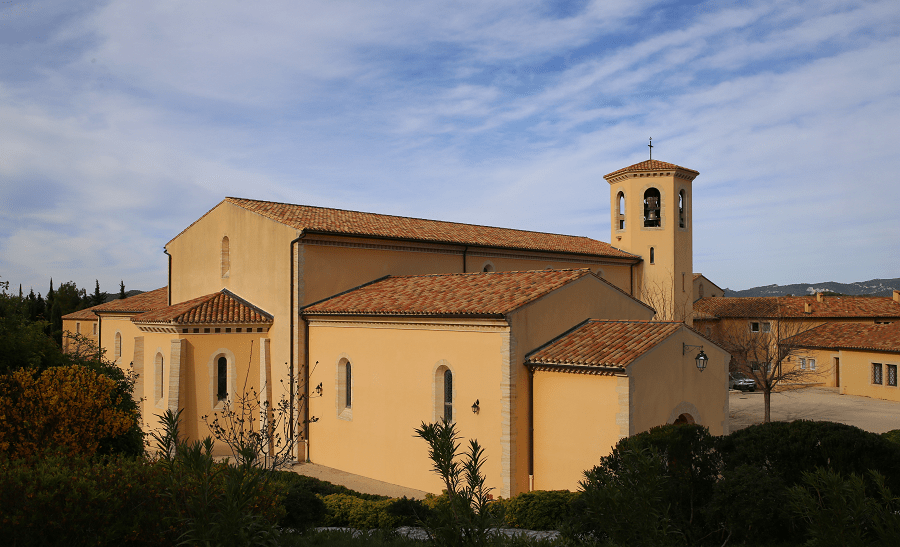Place des Vosges, Place Royale until 1792 because initially dedicated to King Henri IV and finally, after the assassination of the king by François Ravaillac, dedicated to his son Louis XIII, is a square in Paris (France) in the Marais district, part of the 3rd and 4th arrondissements.
Together with the Place des Victoires, Place Dauphine, Place Vendôme and Place de la Concorde, it is one of the 5 royal squares in Paris.
Designed by Louis Métezeau, it is the “sister” of Place Ducale in Charleville-Mézières. It is the oldest square in Paris, just before Place Dauphine. It is a closed square, accessible by a main street on one of the four sides and two streets passing under pavilions.
The square has been classified as a historic monument since October 26, 1954 and has benefited from the development desired by André Malraux, as part of the Marais PSMV. It is known for being the place of residence of several personalities from the political, artistic or media world.
History
Originally known as the Place Royale, the Place des Vosges was built by Henri IV from 1605 to 1612. A true square (140 m × 140 m), it embodied one of the first European programs of royal city planning (Plaza Mayor in Madrid, Spain, begun in 1590, precedes it).
It was built on the site of the Hôtel des Tournelles and its gardens: at a tournament at the Tournelles, a royal residence, Henri II was wounded and died. Catherine de’ Medici had the Gothic complex demolished, and she moved to the Louvre Palace.
Before the square was completed, Henri IV ordered the Place Dauphine to be laid out. Within a mere five-year period, the king oversaw an unmatched building scheme for the ravaged medieval city: additions to the Louvre Palace, the Pont Neuf, and the Hôpital Saint Louis as well as the two royal squares.
Cardinal Richelieu had an equestrian bronze of Louis XIII erected in the centre (there were no garden plots until 1680). In the late 18th century, while most of the nobility moved to the Faubourg Saint-Germain district, the square managed to keep some of its aristocratic owners until the Revolution. It was renamed the Place des Vosges in 1799 when the département of Vosges became the first to pay taxes supporting a campaign of the Revolutionary army. The Restoration returned the old royal name, but the short-lived Second Republic restored the revolutionary one in 1870.
Today the square is planted with a bosquet of mature lindens set in grass and gravel, surrounded by clipped lindens.
Famous residents of the Place des Vosges
- No. 1bis: Madame de Sevigné was born here
- No. 6 (Maison de Victor Hugo): Victor Hugo’s home from 1832 to 1848, in what was then the Hôtel de Rohan (the Princes of Guéménée line), now a museum devoted to his memory, managed by the City of Paris
- No. 7: Sully, Henri IV’s great minister
- No. 8: poet Théophile Gautier and writer Alphonse Daudet
- No. 9 (Hôtel de Chaulnes): seat of l’Académie d’Architecture, currently also tenanted by Galerie Historisimus
- No. 11: courtesan Marion Delorme from 1639 to 1648
- No. 12: natural philosopher and mathematician Émilie du Châtelet
- No. 14 (Hôtel de la Rivière): rabbi David Feuerwerker, Antoinette Feuerwerker and Atara Marmor
- No. 15: Marguerite Louise d’Orléans, wife of Cosimo III de’ Medici Grand Duke of Tuscany. Its ceilings painted by Lebrun are reinstalled in the Musée Carnavalet.
- No. 17: bishop and theologian Bossuet
- No. 20: Prince Obolensky Arnaud Henry Salas-Perez
- No. 21: Cardinal Richelieu from 1615 to 1627
- No. 23: post-impressionist painter Georges Dufrénoy
- No. 28 (Pavillon de la Reine): Chabot-Rohan family
See more:

















